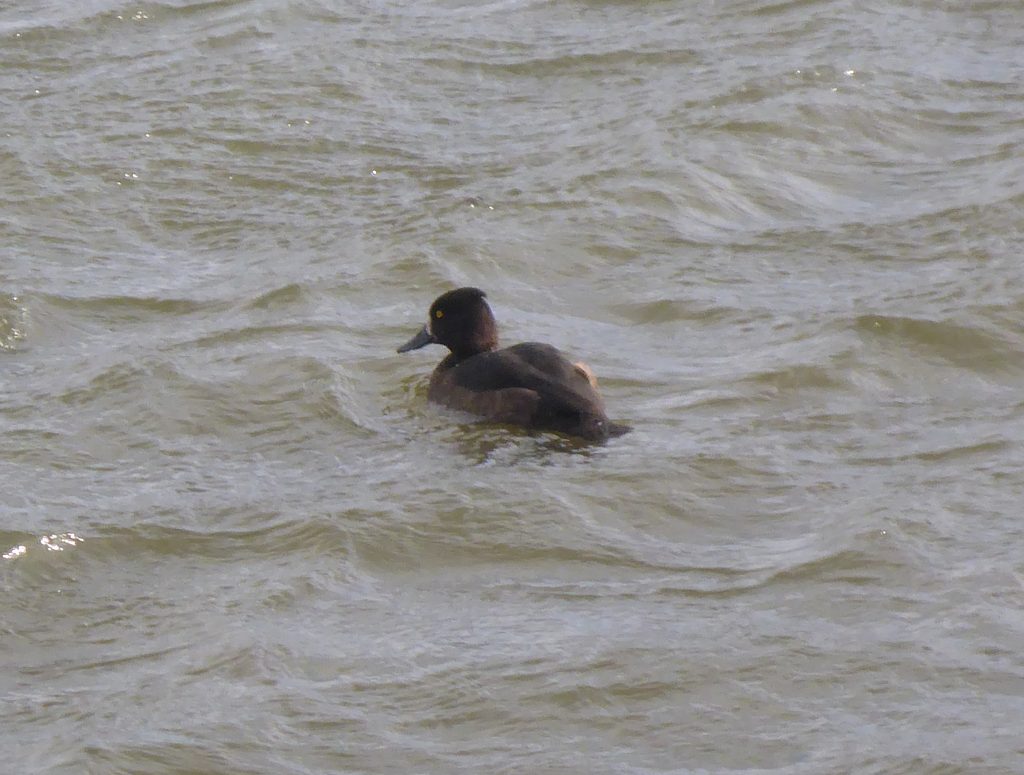The door closed silently behind her. It slid shut so tightly that when she turned around, she couldn’t see the outline of it anymore. Penelope observed the sparse settings, her eyes tracing each of the four corners in the empty room. The walls were light gray, the color shimmering from the bulbs hanging above.
Penelope glanced at her feed. 15:15, on time. The room seemed small, but it was large enough to have a small couch and a few chairs, she thought, wondering how long she would be standing here waiting. Her eyes flitted quickly around the room’s edges one more time. She was trying to figure out where the data dealer would enter the room.
Her contact had told her that these types of transactions always happened in person, a rarity these days. She couldn’t even remember the last time she had used her voice to communicate with someone directly instead of sending a message. Even when they were in the same room together. But this meeting had to be in person, she was told. Commanded really. The terms were explicit with no room for compromise. This included the price.
15:17. She looked around again, this time trying to find the door she had used to enter. The monotonous look of the walls was disorienting. She could no longer tell where she had entered from. Would she be able to get out again?
She sensed movement behind her and spun around quickly. A woman stood there quietly, an unreadable expression on her face. A door sealed seamlessly in back of her. Penelope wasn’t sure if that was the same door she had used or not. Or if it was too late to change her mind.
“So, you wanted the total data wipe. Is that correct?” the woman inquired.
“Um, yeah. I think so. Could you go over what I would get with that again?” Penelope asked, stalling.
“It depends on how extensive you want the wipe to be. Level 3 does a wipe on up to 3 social media platforms. In addition to your account, obviously, this also includes mentions of your name, facial recognition tags, blurring any images of you, and all comments and correspondence.
Level 2 is the same but includes more social media platforms plus all your emails and anything obvious on the web. Level 1 obliterates your virtual existence completely. Which one did you want?”
Stay tuned for next week’s installment.








